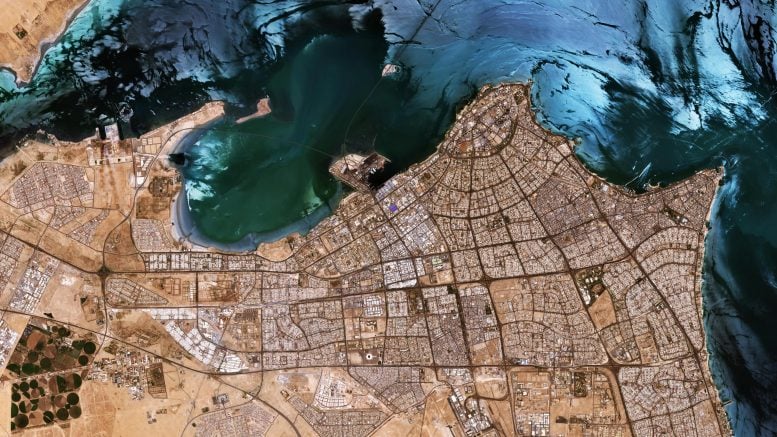
(Click image for full view.) The Copernicus Sentinel-2 mission takes us over Kuwait in the Middle East. With a total area of around 17,800 sq km V, Kuwait is considered one of the smallest countries in the world. At its most distant points, it is around 200 km north to south and 170 km east to west. Credit: Contains modified Copernicus Sentinel data (2019), processed by ESA, CC BY-SA 3.0 IGO
The Copernicus Sentinel-2 mission takes us over Kuwait in the Middle East. With a total area of around 17,800 sq km (6,880 sq mi), Kuwait is considered one of the smallest countries in the world. At its most distant points, it is around 200 km (124 mi) north to south and 170 km (106 mi)east to west.
Situated in the northeast of the Arabian Peninsula, Kuwait shares its borders with Iraq to the north and Saudi Arabia to the south. Kuwait is generally low-lying, with the highest point being only 300 m (1,000 ft) above sea level.
The flat, sandy Arabian Desert covers the majority of Kuwait and appears as a vast expanse of light sand-colored terrain in this image, captured on 25 July 2019. During the dry season, between April and September, the heat in the desert can be severe with daytime temperatures reaching 45°C (113°F) and, on occasion, over 50°C (122°F).
Kuwait City, visible jutting out into Kuwait Bay, holds most of the country’s population – making Kuwait one of the most urbanized countries in the world.
The various colors of Kuwait Bay come from a combination of wind and the amount of sunlight reflected off the waters. The Sheikh Jaber Al-Ahmad Al-Sabah Causeway can be seen cutting across the bay. The bridge is 36 km (22 mi) long – making it the fourth-largest bridge in the world.
Al-Jahra lies around 50 km (31 mi) west of Kuwait City and is visible as a small, green oasis on the west side of Kuwait Bay. It is the center of the country’s principal agricultural region – producing primarily fruits and vegetables. The circular shapes to the right of Al-Jahra are an example of the pivot irrigation or center-pivot irrigation method, where equipment rotates around a central pivot and crops are watered with sprinklers.
Just south of Kuwait City lies the Great Burgan oil field – considered the second-largest oil field in the world. The Great Burgan comprises three smaller fields: Burgan, Al-Maqwa, and Al-Ahmadi. The oil fields can be identified as an extensive network of interlocking roads that connect the individual wellheads.
Satellites, such as Copernicus Sentinel-2, allow us to capture images such as these from space, but also allows us to monitor changing places on Earth. Flying 800 km (500 mi) above, satellites take the pulse of our planet by systematically imaging and measuring changes taking place, which is particularly important in regions that are otherwise difficult to access.

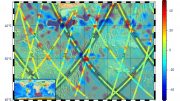
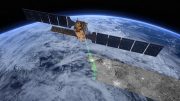
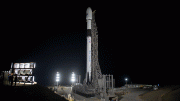
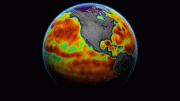
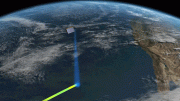
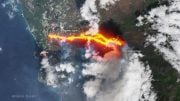
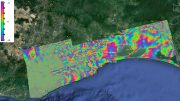
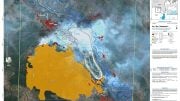
It is the center of the country’s principal agricultural region – producing primarily fruits and vegetables.